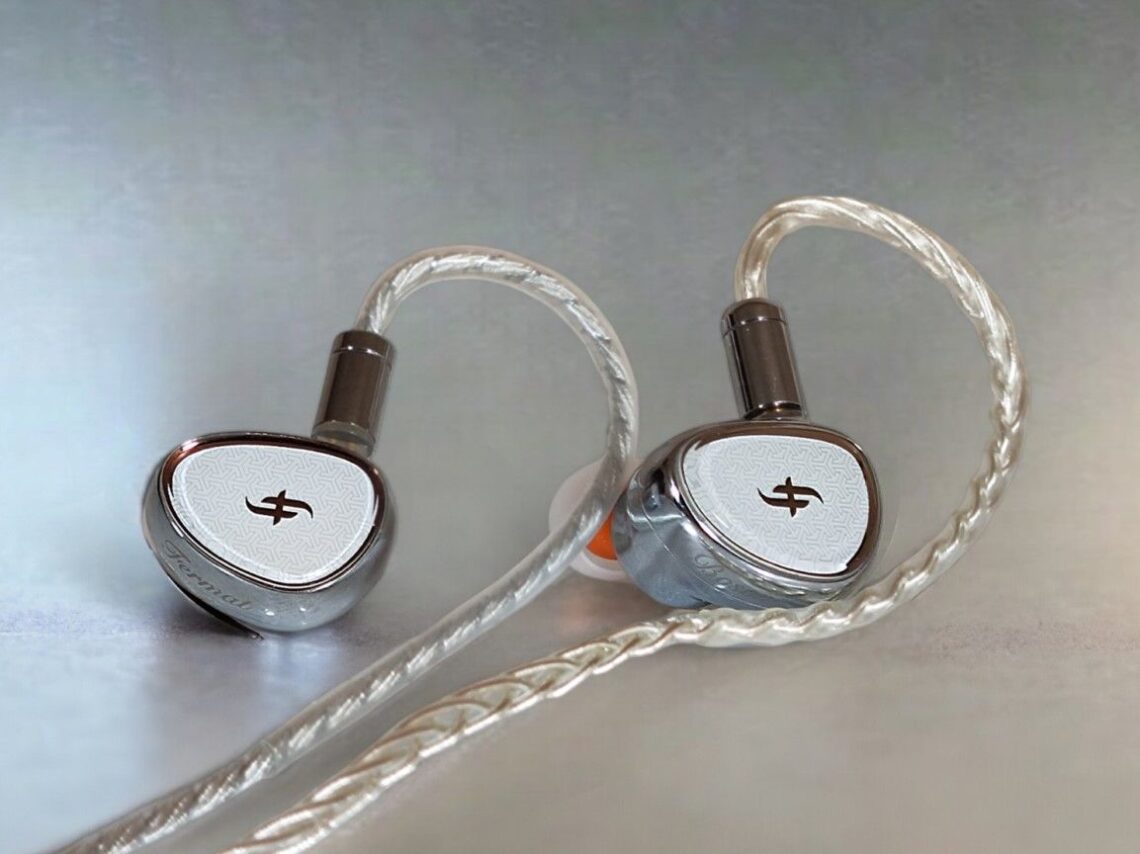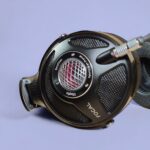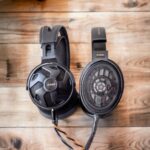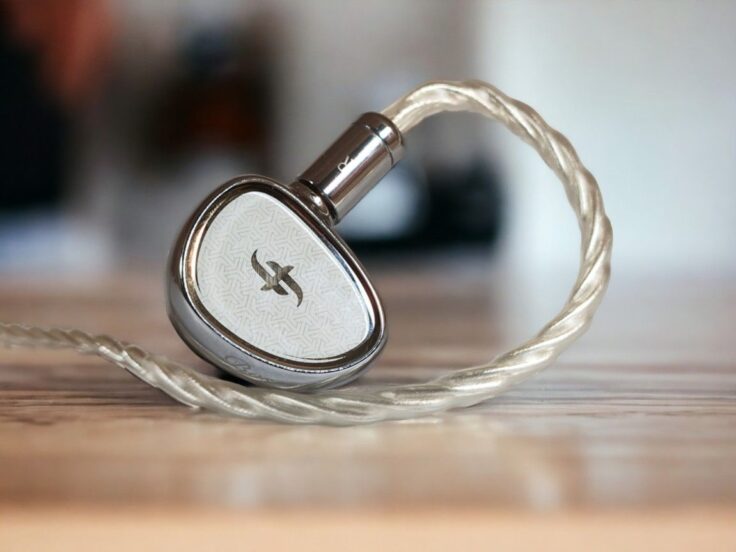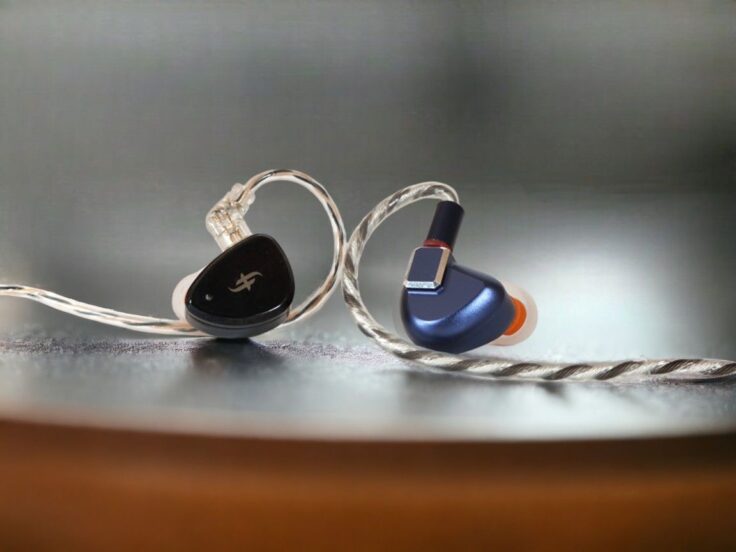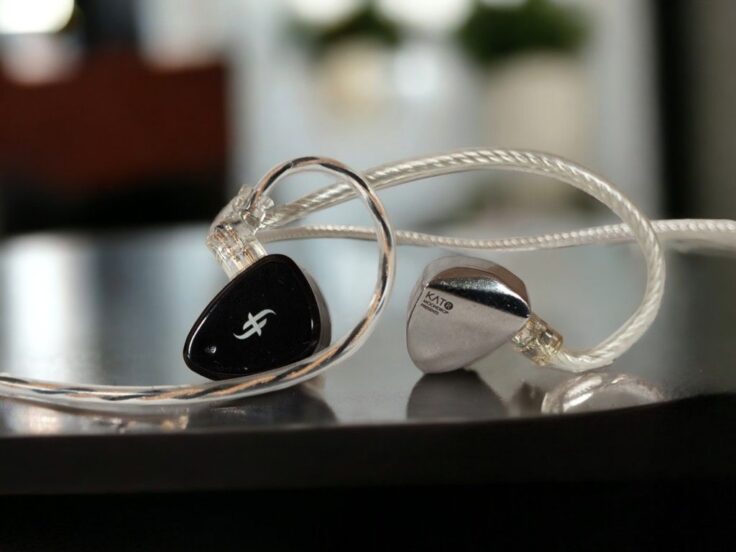The EA2000 “Boson” and the EA1000 “Fermat” are Simgot’s top IEMs. They share many similarities both in terms of externals and internals.
First, they look almost identical. The EA2000 is a bit bigger and has MMCX cable connectors, the EA1000 uses 0.78mm 2-pin connectors.
Both are single Dynamic Driver (DD) IEMs with a semi-closed construction utilizing a passive radiator along with the driver. A passive radiator is a diaphragm with no coil and magnet that passively responds to the air pressure inside the chamber which fluctuates with the main driver.
They both use variations of Simgot’s DMDC “Dual Magnetic – Dual Chamber” driver, which is a unique construction having both inner and outer magnetic circuits. This increases magnetic flux (power) and increases the control of the diaphragm.
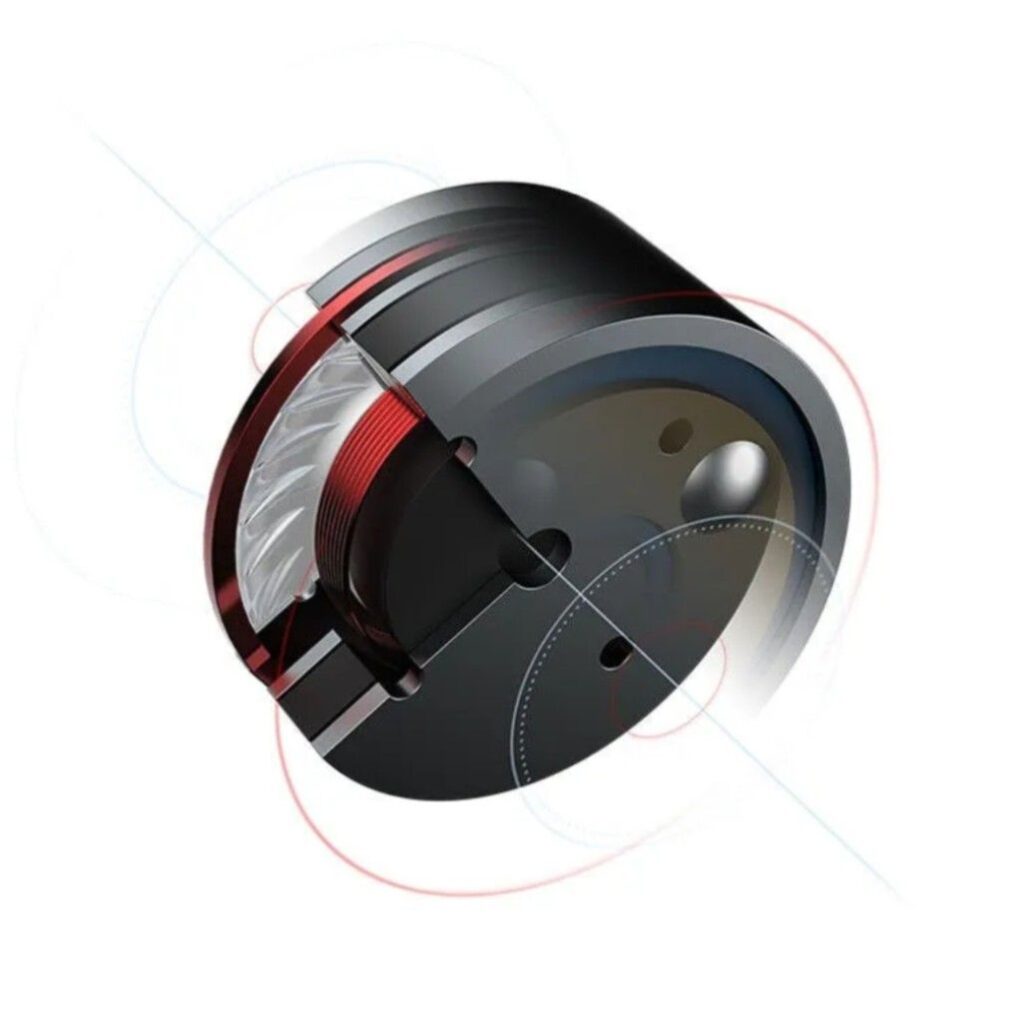
The EA1000 has a 10 mm dynamic driver, which basic math tells us has a surface area of 78.5 mm2. The EA2000 has a larger 12 mm driver, which has an area of 113 mm2. Thus, the EA2000 driver has an almost 50% larger surface area. For reference, the Sennheiser IE200, IE600 and IE900 all have the same 7mm driver, thus both 10 and 12 mm is relatively large.
Both the EA1000 and the EA2000 come with tuning options. The EA1000 has three different nozzle types with different timings, the EA2000 has a tuning adapter option on the cable. More on that later.
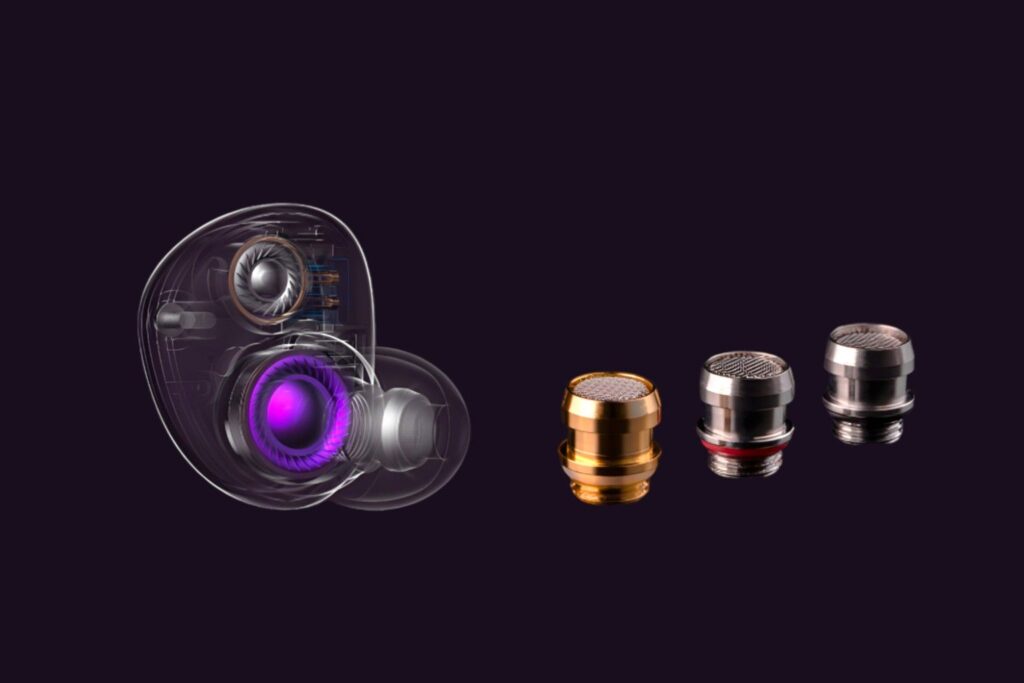
SIMGOT EA1000 SPECIFICATIONS
- Driver: 10mm Dual-Magnetic & Dual-Cavity Dynamic Driver
- 6mmPassive Radiator
- Diaphragm: Multi-Layer Sputter Deposition Purple-Gold Diaphragm
- Impedance: 16 Ohms ±15% (@1kHz)
- Sensitivity: 127 dB/Vrms (@1kHz)
- Frequency Response: 10Hz-50kHz
- Effective Frequency Response: 20Hz-20kHz
- Detachable Cable: 120 cm Silver-Plated OFC Litz Cable
- Earphones connector: 0.78mm 2 pin
- Cable termination: 3.5mm
- 3 pairs of tuning nozzles included
Check the price on Linsoul: Simgot EA1000
Check the price on Amazon: Simgot EA1000
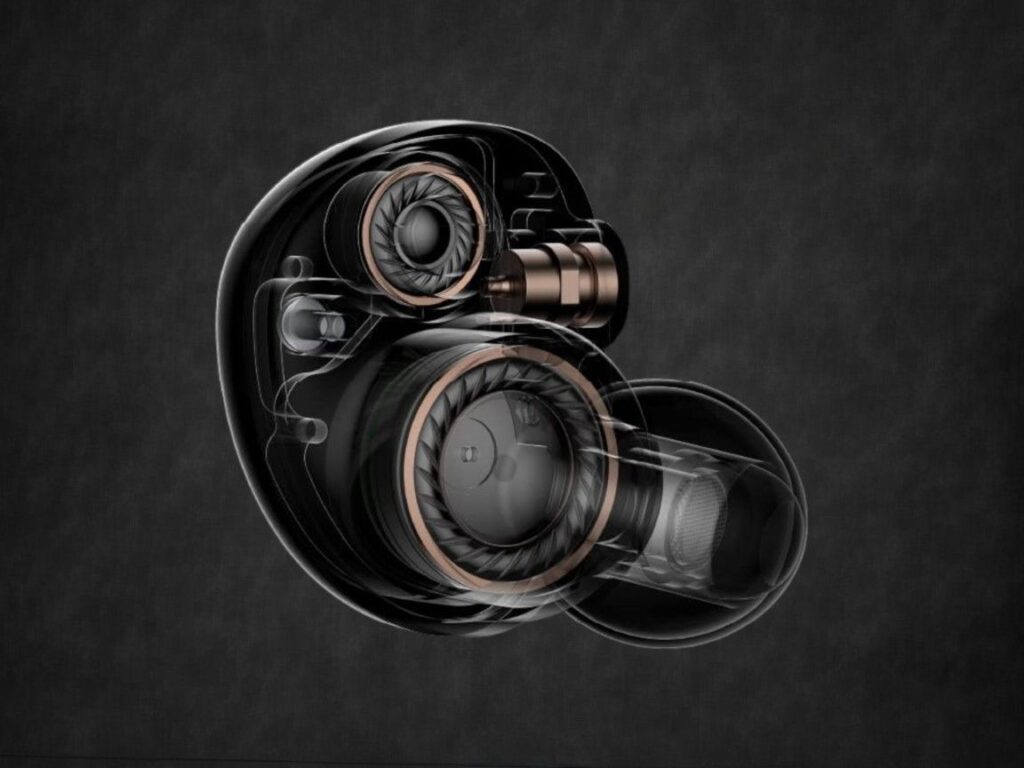
SIMGOT EA2000 SPECIFICATIONS
- 1DD+1PR structure earphones:
- 12mm Dynamic Driver (DD)
- 6 mm Passive Radiator (PR)
- Dual Magnetic Circuit & Dual Cavity Structure Dynamic Driver
- 1.9 Tesla Magnetic Flux.
- Impedance: 23Ω+15% (@1kHz)
- Sensitivity: 114dB(@ 1000Hz)
- Effective frequency response range: 20Hz-20kHz
- Detachable Cable: 120 cm Silver-Plated OFC Litz Cable 8 core, 152 strands
- Earphone Connectors: MMCX
- Cable termination: 3.5mm and 4.4
- Replaceable tuning module plugs built into the exchangeable cable connectors: Two tuning options for 3.5mm, only one for 4.4mm jack.
Check the price on Linsoul: Simgot EA2000
Check the price on Amazon: Simgot EA2000
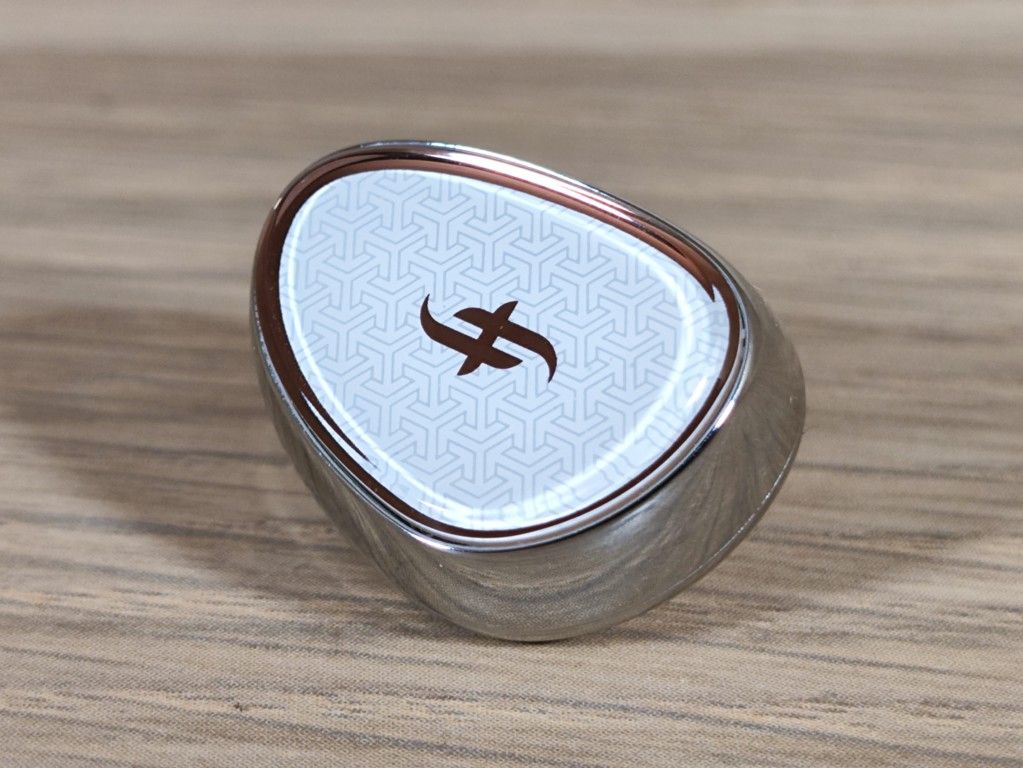
BUILD AND COMFORT
The build quality and craftsmanship are absolutely fabulous on these IEMs. The only difference between them is the larger size of the EA2000, needed because of the larger driver, and the connectors. The cables are very nice. The EA2000 cable is a bit thicker. Both IEMs sit comfortably in my ear, but the EA2000 is noticeably bigger than the EA1000.
They both come in very nicely designed boxes and identical storage boxes that are great. They have a magnetic lock and are just the right size.
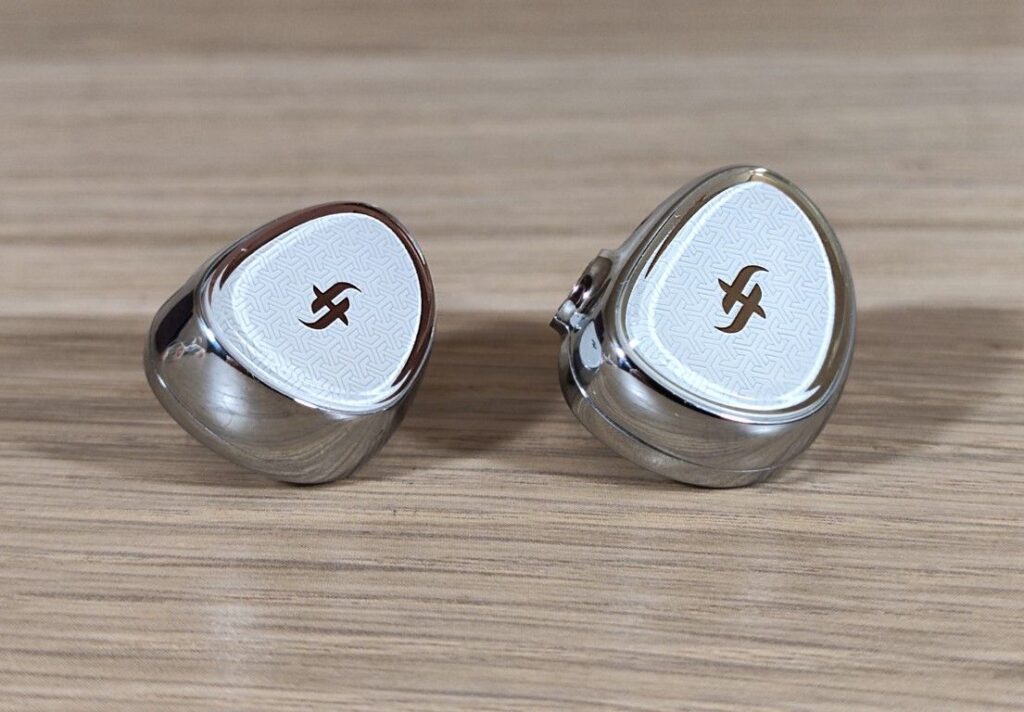
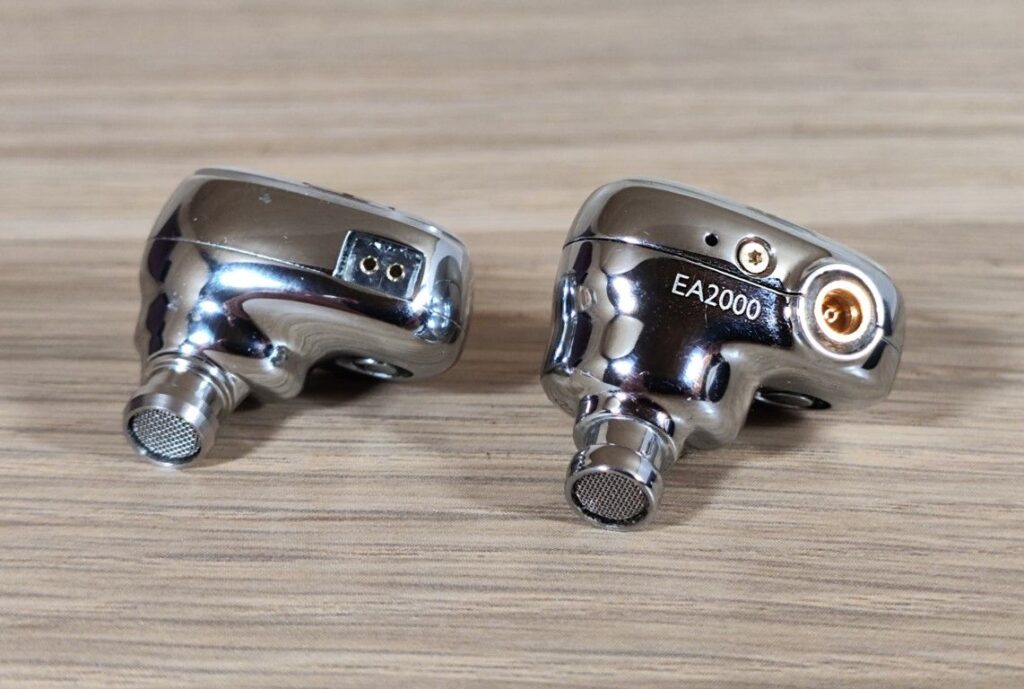
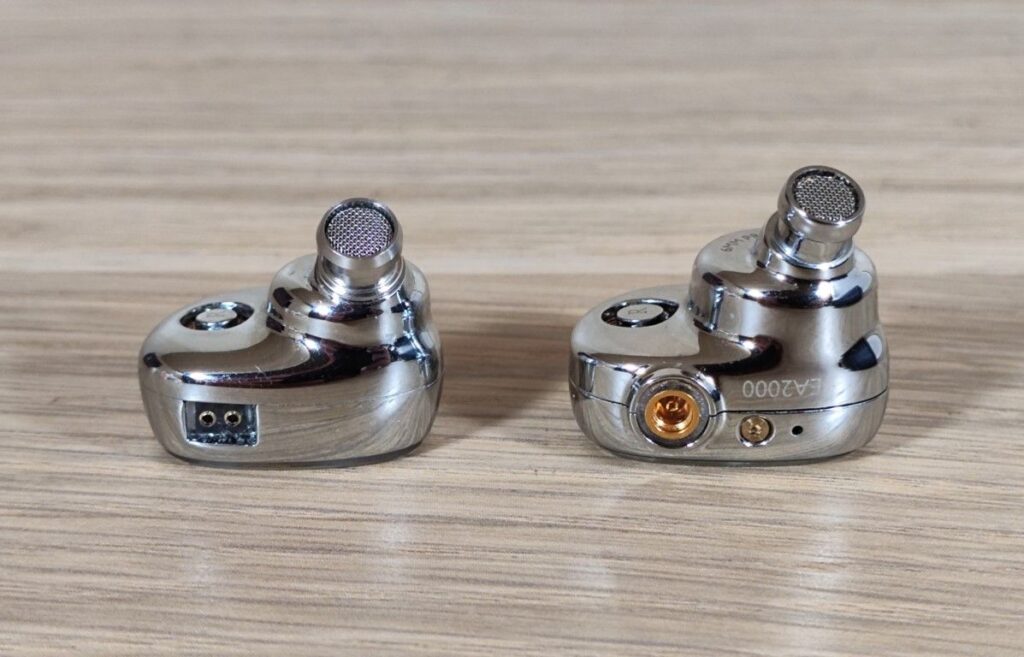
COMPARISONS
For the comparisons, I used the standard black tuning adapter with the EA2000 and primarily the golden brass tuning nozzles in the EA1000. I did however also use the black ring steel nozzle and comment on that along the way.
Jambi by Tool
They sound relatively similar. The EA2000 does however sound even more massive with the double drums and intro riff. The vocals are also clearer and brighter with the EA2000. Actually, there are some small occasional tendencies where the EA2000 is significantly closer to bordering on sibilance than the EA1000.
Smile by Pearl Jam
Again they are quite similar, but the EA2000 sounds more massive in the lower regions. It’s not necessarily more bass-heavy, it just sounds bigger and more powerful. Also, the soundstage is a bit bigger with the EA2000 and there’s more detail. Vocals are again sharper and brighter. This track can induce some sibilance, and the EA2000 is close.
Young Vivaldi Violin Concerto RV813 III by Ensemble Modo Antiquo
Here I might prefer the EA1000 for its warmer tonality. Technically, they sound pretty close, but the EA2000 does have a more airy presentation with a bit more fine detail.
Mahler’s Symphony No. 2 III by Paavo Järvi
Here I find them to sound pretty similar. The EA2000 might have a bit more deep bass and some more air, but they are very close.
With the black ring nozzles, the EA1000 becomes a bit airier, sounding closer to the EA2000 in the upper regions. However, the EA2000 still has better deep bass and a bit more air.
Escape Route by Boris Blank
Here they are quite different. Both are good but the base has more rumble and dynamics with the EA2000. There is more details all across the frequency spectrum and sound stage and imaging are also improved
Sue by David Bowie
The sound is quite similar but there is more low-end rumble with the EA2000. It also has better separation and dynamics but the difference is not very big here.
Maple Noise by Greene Serene
This jazz improv sounds very good with the EA1000, but absolutely stunning on the EA2000. It’s more dynamic, has better imaging and separation. It also has deeper sounding bass and clearer highs.
As Before by Olga Konkova
The cajôn sounds more dynamic and punchy with the EA2000, the piano is clearer. The vocals are pretty similar, a little brighter with the EA2000.
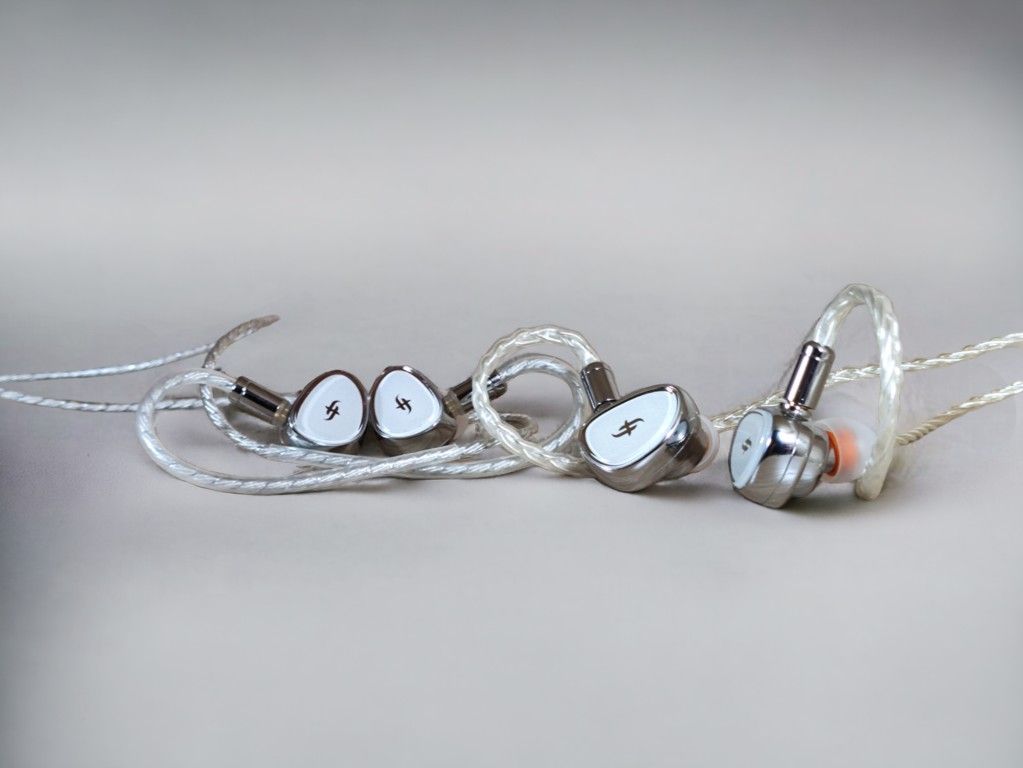
TUNING OPTIONS
EA1000 NOZZLES
I’ve covered the tuning modules effect on the EA1000 in detail in my separate review of the EA1000, found here.
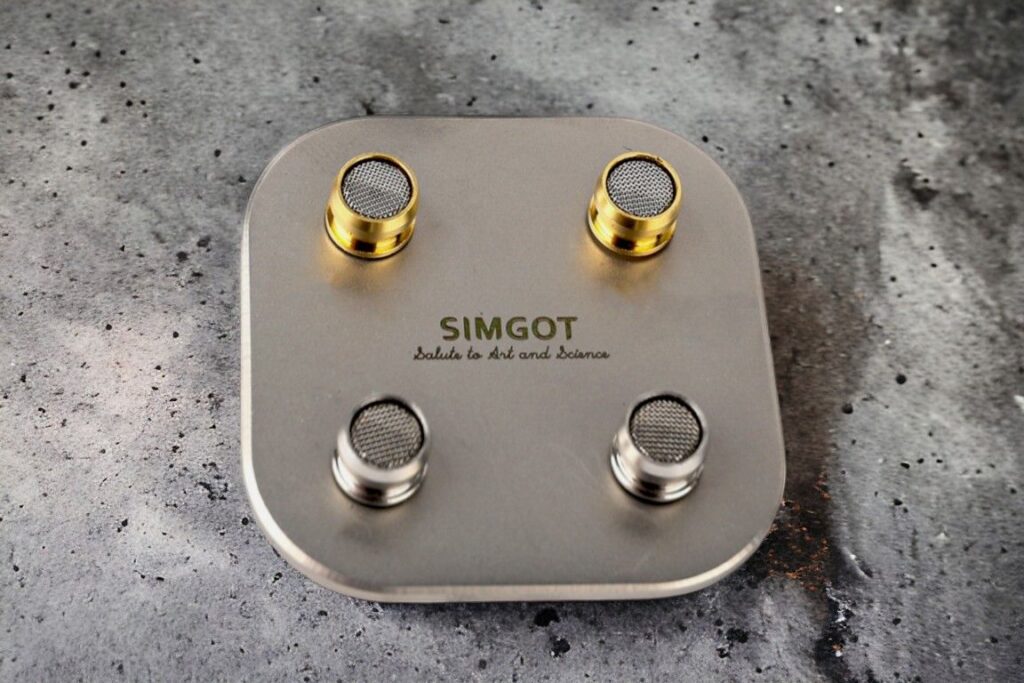
Below you see a frequency curve comparison with the three supplied EA1000 nozzles:
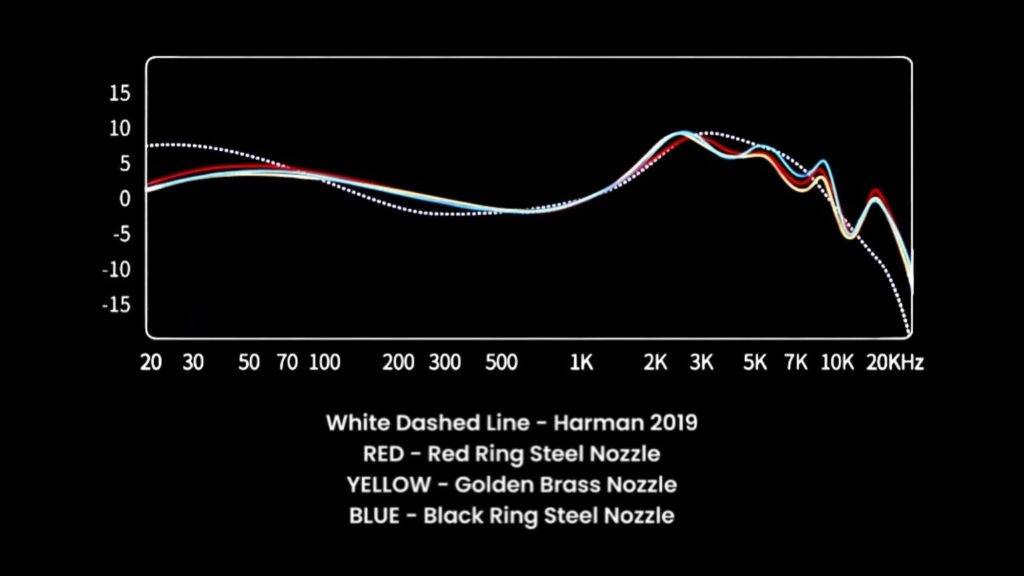
With the black ring nozzles, the EA1000 gets brighter but after some listening and a/b comparisons I can conclude that the main differences remain. The EA1000 still has more weight in the midrange, it still has less deep bass and high-end energy. The EA2000 still has better dynamics, detail, soundstage, and imaging.
EA2000 TUNING PLUGS
The EA2000 doesn’t have exchangeable nozzles, but an exchangeable special tuning plug. There are two versions, a black, which comes in 3.5mm and 4.4mm connectors, and a blue, which only comes in 3.5mm. I have tried both the standard black and the alternative blue versions and they certainly do make a difference.
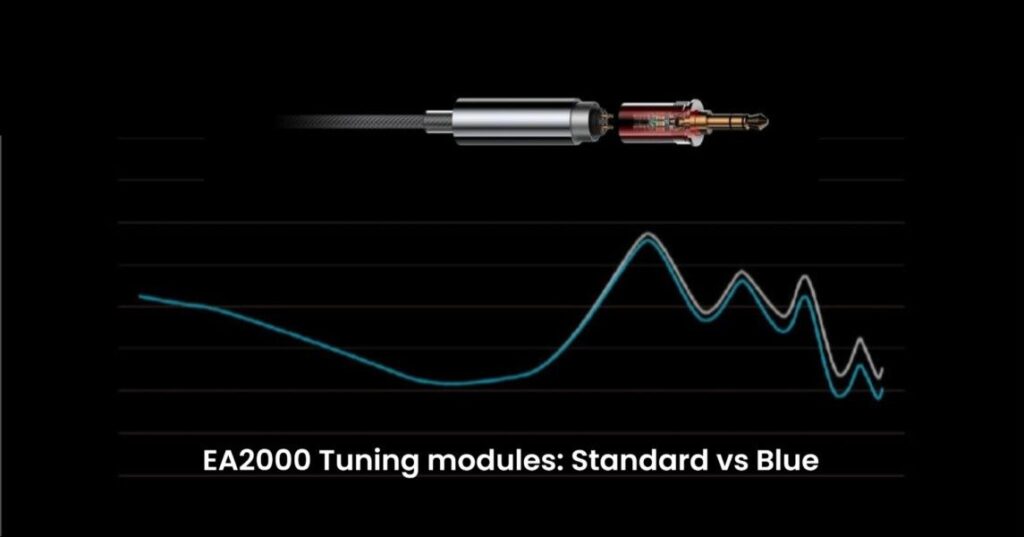
The blue is supposed to make the EA2000 sound less bright and more intimate. That’s exactly what it does. However, it also takes away some of the fabulous detail and dynamics and makes the EA2000 sound more like a re-tuned EA1000. In other words, it still sounds very good but it’s not as good as the EA2000 with the standard black plug.
I tried out a 3rd party cable with no tuning filter and it sounds very much like the black plug, which I suspect is just a straight connector. The blue plug is where the tuning is happening.
The tuning plug concept is somewhat exotic. It is a bit fiddly to swap the connector and definitely nothing that you will want to do very often, but it is a nice option to have if you find the original black adapter tuning too bright.
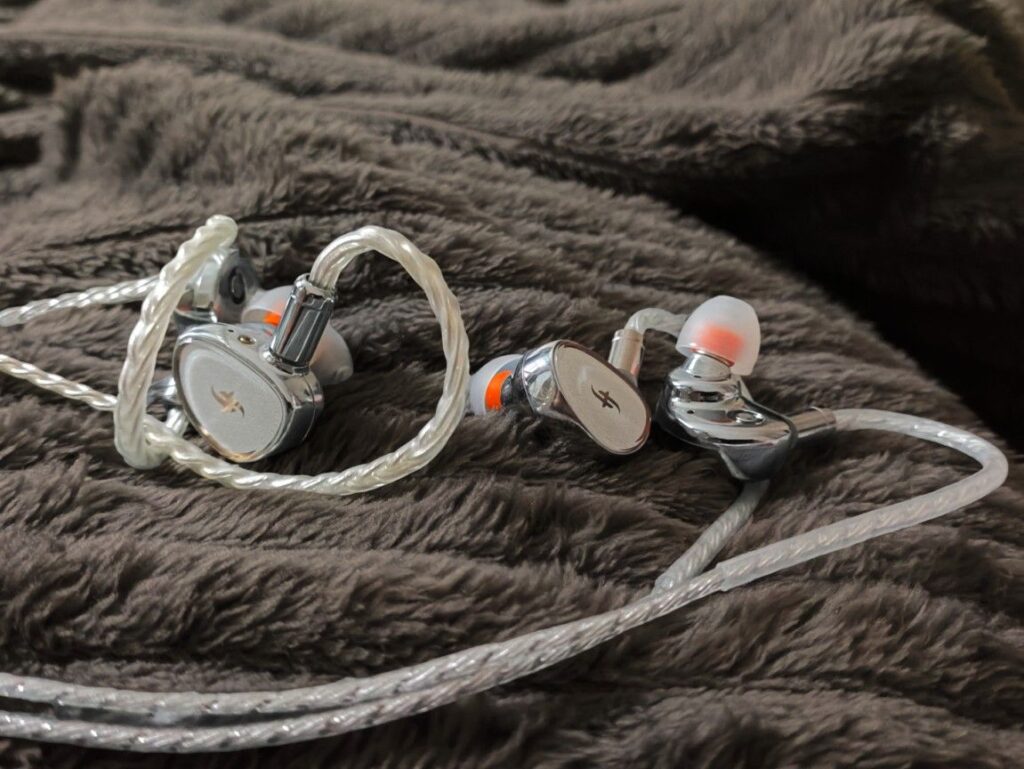
WRAPPING IT UP
I have read in several places, even an online retailer, that the EA1000 is the new flagship and an improved EA2000 at a lower price. That certainly does not correspond with my own experience and what I am hearing.
I have compared the EA2000 to the EA1000 with both the golden brass nozzles and the black ring Steel nozzles. Generally, swapping the EA1000’s nozzles does not make an impact that is large enough to change the main differences between the EA1000 and EA2000.
I also used the two tuning adapter plugs on the EA2000 cable. That certainly did make an impact on the comparisons, but I didn’t spend time commenting much because I find the standard black plug superior. All comments and comparisons are thus to be considered using the black standard plug of the EA2000.
Bass
I find that the EA2000 has a deeper and more powerful bass. It does not necessarily sound like a more bassy earphone, but it has more presence in the sub-bass region. The bass is also more dynamic and better defined.
Midrange
The midrange is a bit brighter with the EA2000, while it has a bit more weight and body with the EA1000. I find it to be a little bit more detailed with the EA2000.
Treble
The treble of the EA2000 is clearer and brighter, even when I have the black ring nozzles installed on the EA1000. The EA2000 sounds more airy, which often is because of extra presence in the higher treble regions but also generally better resolution, which the EA2000 definitely has.
Soundstage, Dynamics and Detail
Generally, the EA2000 feels more dynamic across the frequency spectrum. In addition, the soundstage is slightly larger, and instrument separation and imaging is better. I also find the general detail level of the EA2000 to be higher. Small background noises and sounds from instruments e.g. resonances in the body of a plucked violin are more audible.
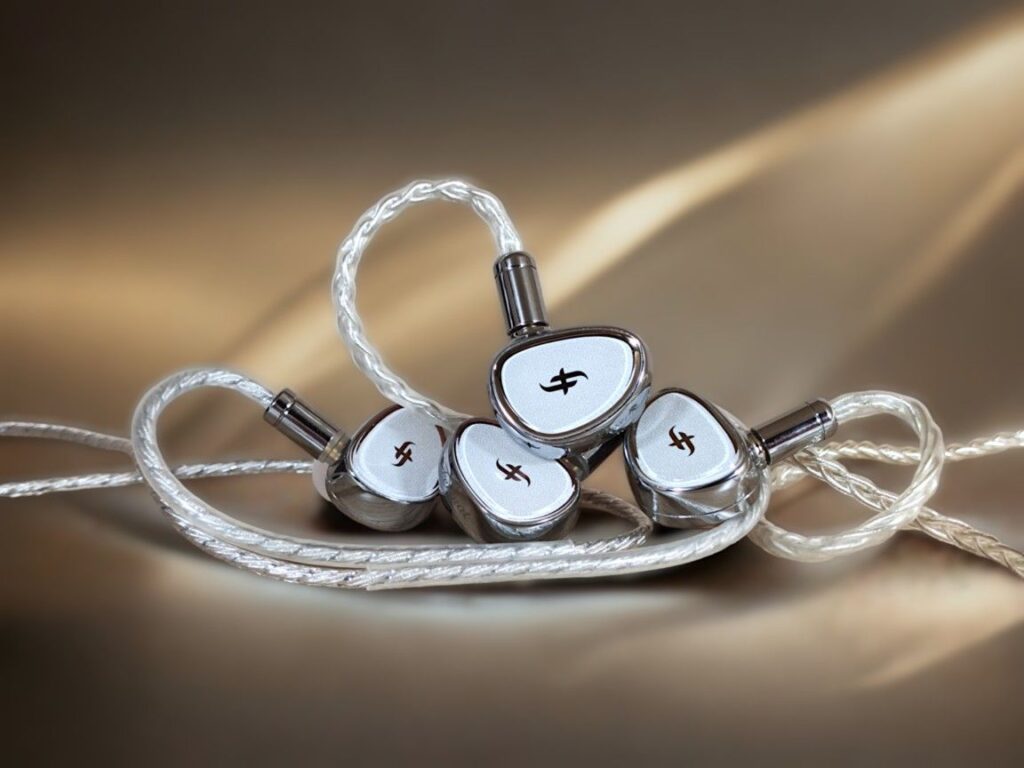
CONCLUSION
The EA1000 and EA2000 are fabolous sounding IEMs. They offer great value at their respective pricepoint. Both are impressively well built. They both come with tuning options, but the EA1000 has the best implemented solution.
Buy on Linsoul: Simgot EA1000
Buy on Linsoul: Simgot EA2000
Buy on Amazon: Simgot EA1000
Buy on Amazon: Simgot EA2000
We make earnings through affiliate links and any purchase you make on Amazon or Linsoul clicking one of our links will give us a small provision at no cost to you.
We only get a provision for items that are not returned, so there’s no incentive for us to recommend something that’s not good.
Linsoul : Headphones, Earbuds, Wireless Earbuds, Desktop DAC/AMP, Portable DAC/AMP, Digital Audio Players,
Amazon: Headphones, IEMs, Headphone Amplifiers, Home Audio or Anything else.
.
If you enjoyed this article or other content on The Headphoneer, you might consider leaving a small donation to keep this website up and running. No donation is too small. Thanks for supporting us!
If you like our work please follow us on Instagram, Facebook and Twitter , it will help us grow. Sharing is caring 🙂


